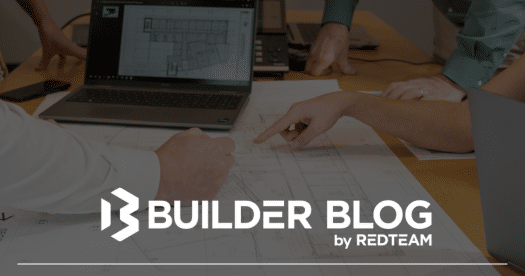
How to Structure Construction Project Closeout for Faster Final Payments
When a construction project wraps up, the physical work might be finished, but the construction project closeout process can still drag on. This often delays final payments and puts pressure on your cash flow.
By creating a clear, proactive construction project closeout process, you can speed up documentation, keep everyone aligned, and collect your final payment faster.
Start Closeout Before the Project Ends
Many contractors wait until substantial completion before starting closeout. By then, the process becomes a scramble. Instead, build closeout into your workflow from day one.
Here’s how:
Gather closeout documents throughout construction.
Keep a live checklist of required items.
Tell subcontractors early that closeout deliverables are tied to their payment.
When you make closeout part of the project, the final steps become smooth and fast.
Create a Standard Closeout Checklist
Without a checklist, important steps can be missed, which slows down payment.
A useful closeout checklist includes:
As-built drawings
Warranties and guarantees
Operation and maintenance (O&M) manuals
Test and inspection reports
Final lien waivers and releases
Punch list completion confirmation
Permits and final inspection sign-offs
A checklist keeps your team and subcontractors on track. It also makes the construction project closeout process repeatable for every job.
Link Subcontractor Payments to Closeout
Final payment from the client often depends on every trade finishing their closeout requirements. If one subcontractor falls behind, the whole payment process slows down.
To prevent this:
Add clear closeout requirements to subcontract agreements.
Track each subcontractor’s status in real time.
Send automatic reminders as deadlines get closer.
When subcontractors know that payment depends on closeout, they respond faster.
Keep Documents in One Central Place
Scattered emails and paper files cause delays. A single, cloud-based folder makes documents easy to find for project managers, accounting, owners, and subcontractors.
Centralizing documents:
Speeds up client review and approval
Reduces missing paperwork
Makes the owner handoff smoother
Use Digital Tools for Speed and Transparency
Manual closeout means more calls, follow-ups, and wasted time. Digital tools can handle many of the steps for you.
With the right software, you can:
Request and store documents automatically
Track progress against your checklist
Create final closeout packages in minutes
Give all stakeholders real-time status updates
Platforms like RedTeam Flex and RedTeam Go make the construction project closeout process part of your ongoing workflow, so most of the work is done before the final inspection. That means you bill and get paid faster.
Keep Clients Updated During Closeout
Sometimes payment delays come from the owner’s side. To keep things moving, send regular closeout updates. Let them know about pending approvals, provide status reports, and confirm payment timelines before you send the final bill. For industry guidance, the Construction Management Association of America offers helpful closeout best practices.
The Bottom Line
Faster final payments are the result of preparation, not luck. By starting closeout early, using a checklist, keeping documents in one place, linking subcontractor payments to compliance, and using digital tools, you can cut weeks off your payment timeline.
Want to speed up your construction project closeout process?
RedTeam’s construction management platforms help you track requirements, centralize documents, and deliver complete closeout packages so you get paid sooner and start your next project with confidence.

